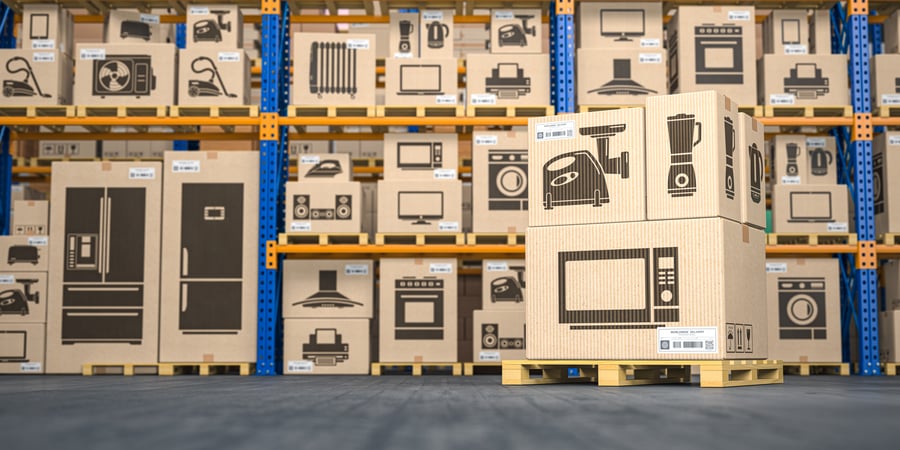Policies that governments introduce to prevent international trade are the biggest barrier to international trade, such as import and export licenses, quotes, standardization, subsidies, and tariffs.
But from an individual business level, one of the biggest downsides of going into business with an international company is that issues like delays in invoice payments or delivery of goods and services are made that much more complicated by the business operating overseas.
While working with international businesses can help you reap great rewards, bureaucratic red tape and local regulations can complicate things and cause delays in the payment process, which can seriously disrupt your cash flow.
The best way to avoid such complications is to make sure you’re going into business with a reliable, creditworthy company. Now, one thing we see a lot is companies being a bit too lax about this or thinking that asking for customer references is good enough. It's not. Just because a company may have a good standing relationship with one customer doesn't mean the same applies for all their customers. And let's not forget, most people don't submit bad references. So, what you'll be getting is a pre-selected list of 'positive' references.
You need to take matters into your own hands and let the data do the talking. So, start by looking at their international business credit report. Check to see what their business credit score - is it lower than what your company's credit policy would allow? Look at how many changes have been made to their business credit report - are there 5+ changes in the last few months? That should be a red flag. Also, dig even deeper to see how well they're paying their bills - and even how many days beyond terms they're making late payments. For example, if you can see that they're making quite a large portion of their payments between 60-90 days, that's another red flag you shouldn't ignore.



